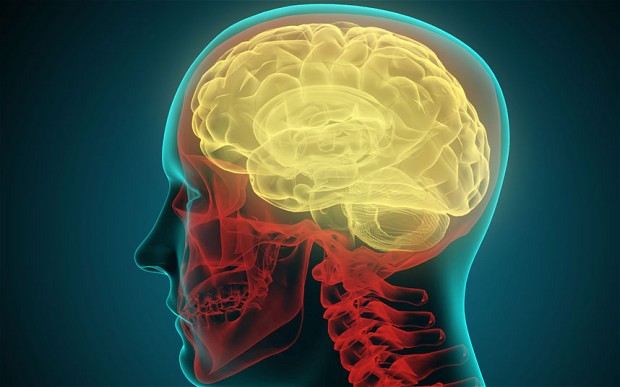Neuron-specific Gene Therapy May Improve Motor Deficits in Pompe Disease, Mouse Study Shows

A neuron-specific gene therapy treatment improved motor coordination in a mouse model of Pompe disease and highlights the role that neuronal dysfunction plays in this disease.
The study, “A Neuron-Specific Gene Therapy Relieves Motor Deficits in Pompe Disease Mice,” was published in the journal Molecular Neurobiology.
Pompe disease, a genetic disorder, is caused by a deficiency in the enzyme α-glucosidase (GAA), which plays a role in the breakdown of glycogen — a large molecule that our bodies use for energy storage.
The lack of this enzyme leads to the harmful accumulation of glycogen in a cellular structure called the lysosome in all cells, but most notably in skeletal muscle cells.
Currently, enzyme replacement therapy (ERT) with recombinant human GAA (rhGAA) is the only treatment for Pompe disease.
However, while ERT prolongs survival and reverses some effects, skeletal muscle destruction still occurs. One of the reasons may be that the rhGAA used in ERT cannot enter the brain. Autopsy specimens have shown that the motor neurons in the brain stem and spinal cord of patients with Pompe disease were filled with glycogen, highlighting the potentially important role of neurons in the disease.
Researchers have created a Pompe disease mouse model by disrupting the GAA gene which leads to glycogen accumulation in the muscles, brain, and spinal cord and develops characteristics symptom.
The scientists used the mice with Pompe disease to test the utility of gene therapy directed specifically toward neurons.
Researchers treated mice with either ERT, which only increased α-glucosidase activity in the muscles and not in the brain, or the neuron-specific gene therapy, which increased GAA activity only in the brain and spinal cord, but not the muscles.
Interestingly, while gene therapy only slightly increased the muscle strength of Pompe mice, it significantly improved their performance on the rotarod, a test that is used to measure motor coordination.
Additionally, neuron-specific gene therapy in mice with Pompe disease decreased astrogliosis, an abnormal increase in the number of astrocytes (a nervous system cell) due to the destruction of nearby neurons.
It also increased myelination, the production of the protective sheath surrounding neurons in the brain and spinal cord of Pompe mice.
“A neuron-specific treatment corrects the motor coordination abnormality in Pompe mice, which is strong evidence that neurological deficit causes a significant burden in Pompe disease,” researchers wrote.
The authors suggest that reducing glycogen accumulation, decreasing astrogliosis, or increasing myelination should be targeted in the treatment of Pompe disease.






